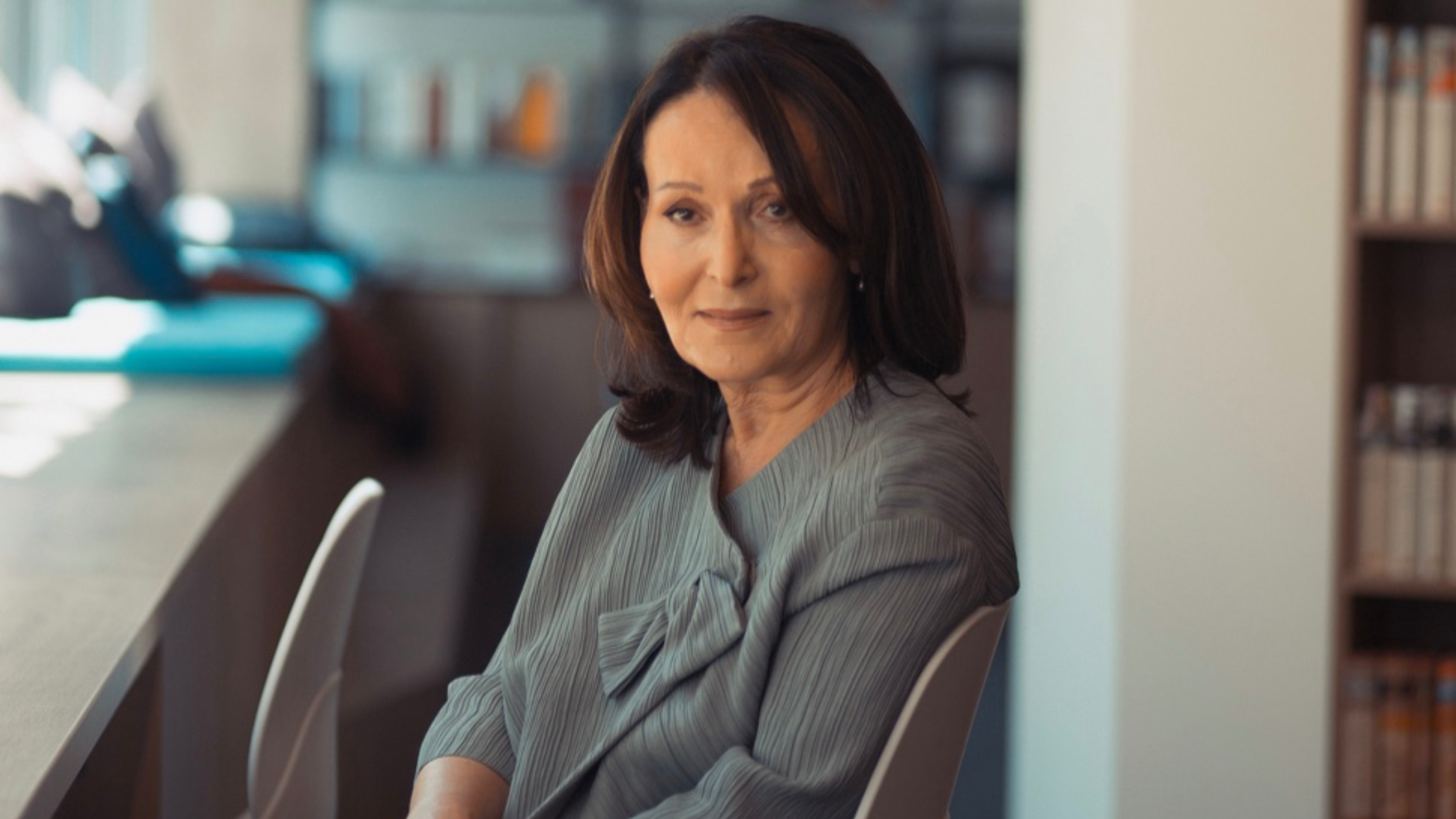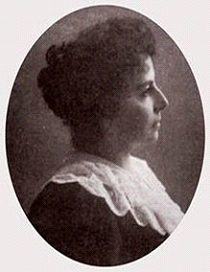Boyajian, Zabelle C.
Artist, Writer, Translator (Pen name “Varteni”)
1871 1957

Born in Dikranagerd, in the family of an Armenian Protestant clergyman, she was the daughter of Thomas Boyajian, who served as British vice‑consul in Turkey for many years. The roots of her mother, English by nationality, can be traced back to the family of the poet Rogers.
After her father’s death, fleeing from massacre, the Boyajian family moved to Cyprus, then settled in England. In London Zabelle devoted herself wholly to the arts. She studied in the “Slide School” educational institution, and improved her skill through self‑work and private lessons.
Boyajian wrote and published fiction, as well as translations. With her literary articles she introduced the English‑speaking society to Armenian writers (Raffi, Isahakyan). She also published articles in defense of the Armenian Cause. Her first novel, Esther (1901), was devoted to the massacre of Armenians in Sasun in 1894‑95.
She went on to assemble and publish the collection Armenian Legends and Poems, whose preface was written by James Bryce (1916), and the epic Gilgamesh (1924). In 1926‑27 she published “Italio Hrapuyr” (Italian Attraction) travel notes, and the impressions from her trip to Greece are summarized in her travel notes titled In Greece with Pen and Palette (1938). Boyajian also prepared interpretations of “Abu‑Lala‑Mahari” by Isahakyan (1948) and wrote the drama “Echmiadsin” (1943). She wrote many poems only a few of which have been published, with the rest in the collection of A. Petikyan.
As a painter, Boyajian worked in various styles, such as nature (“Kharpert,” “Greek Nature,” “Capri,” “Armenian Church on St. Lazare Island, Venice,” etc.), portraits (“General Andranik,” “Raffi,” “Violinist Hayk Kutenyan,” “The Dancer”), compositions (“The Wedding of Artashes and Satenik,” “Ara the Handsome and Shamiram,” “Cafe,” etc.). She also illustrated her books (Armenian Legends and Poems, Gilgamesh). These illustrations have been exhibited alongside her paintings. She had a number of exhibitions in England (London, 1910, 1912, 1929), Germany (1920), Egypt (1929), France, Italy, Belgium (1940‑1950), etc.
Boyajian’s paintings and writings have been highly assessed by foreign and Armenian societies. Editor‑publisher A. Petikyan, greatly valuing her art, wrote: “Z. Boyajian did the same for Englishmen and English-speaking people, as Chobanian did for Frenchmen and French-speaking people. They both became the great translators of Armenian life, thought, culture, and art into the two European centers – Paris and London.”
Prepared by the Central State Archives, Republic of Armenia
Bibliography:
Central State Archive of the Republic of Armenia, fund 409
Soviet Armenian Encyclopedia, v. 9, Yerevan, 1983
Teotig, Amenuyn Daretsuyts, 1926




